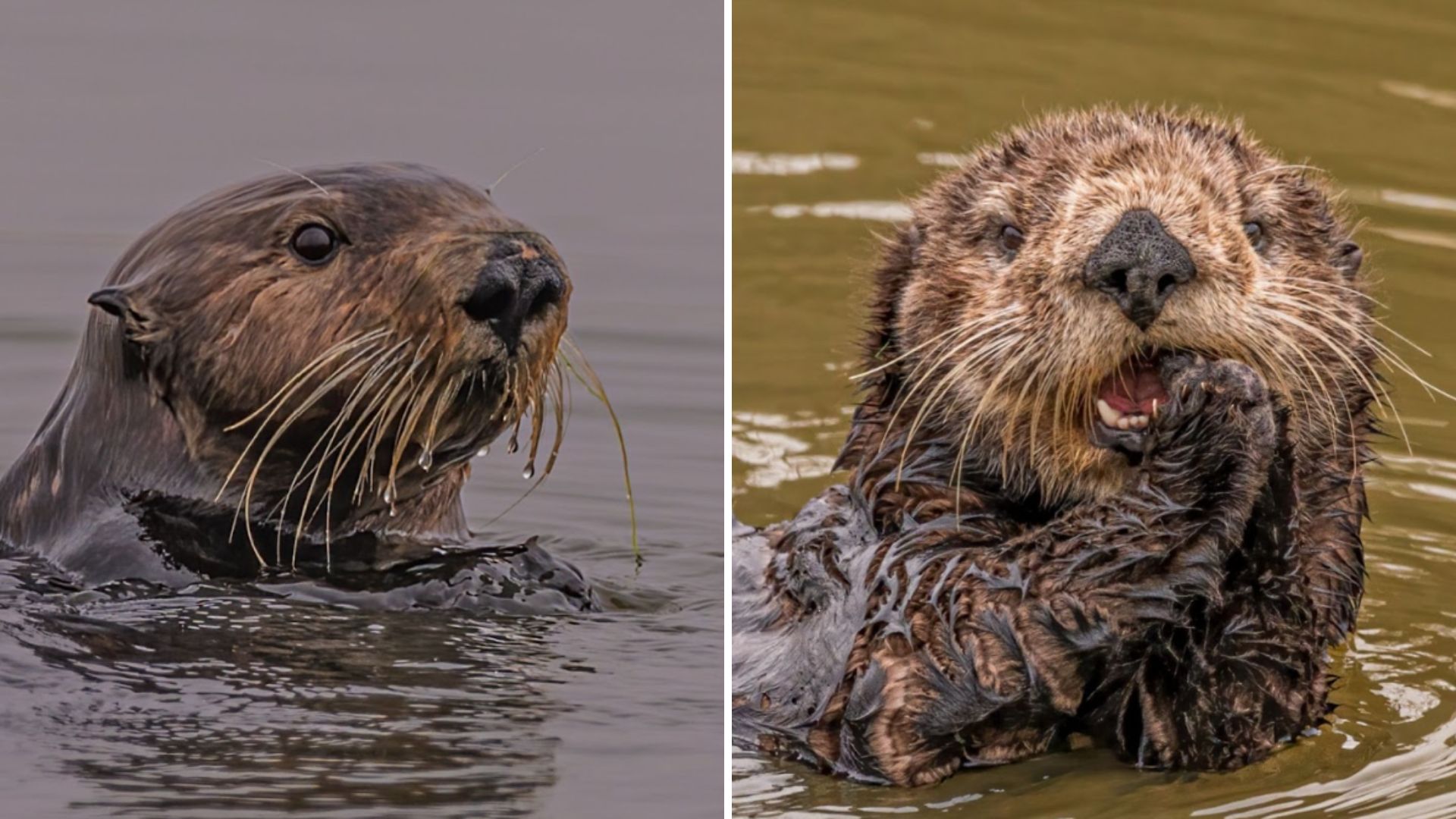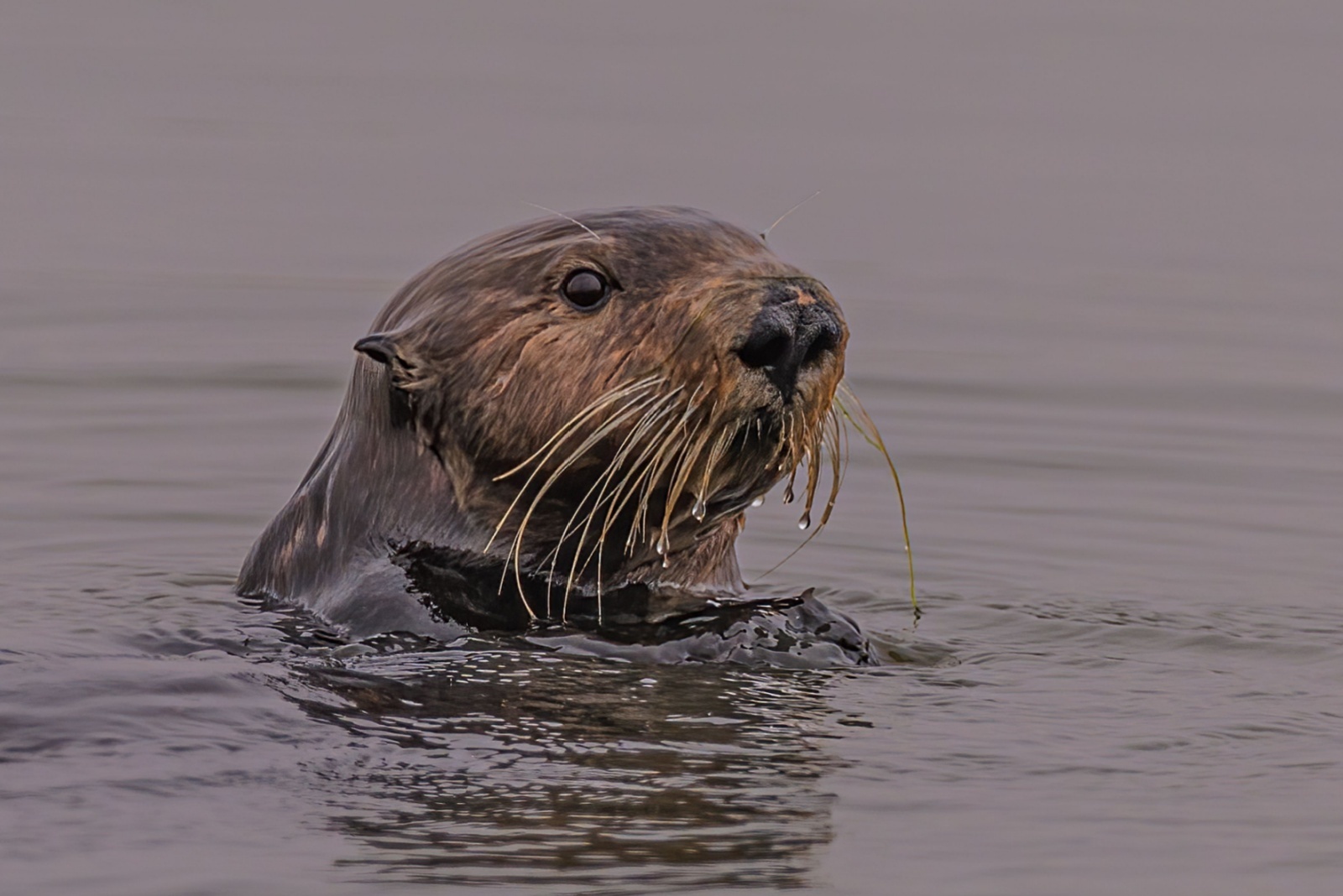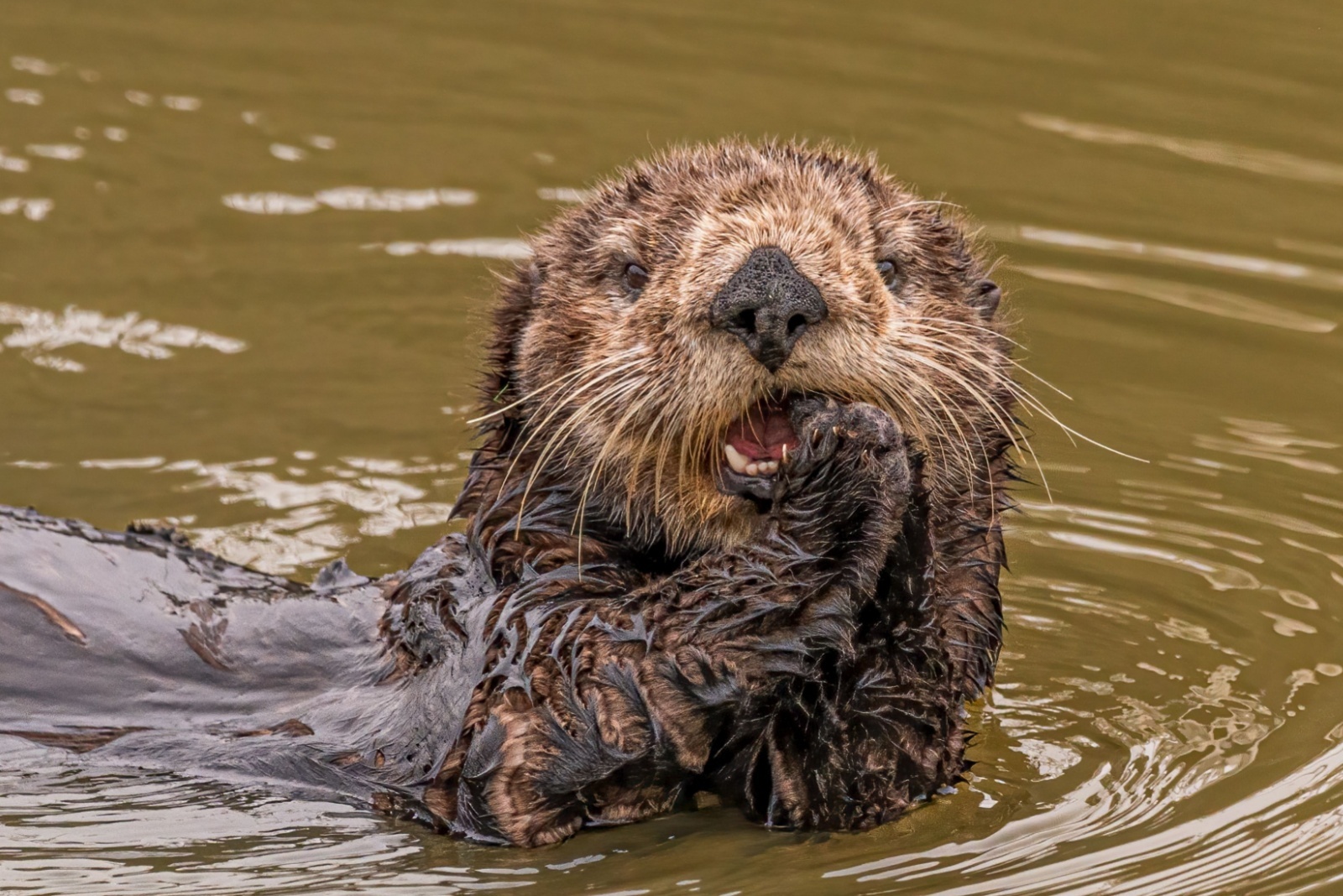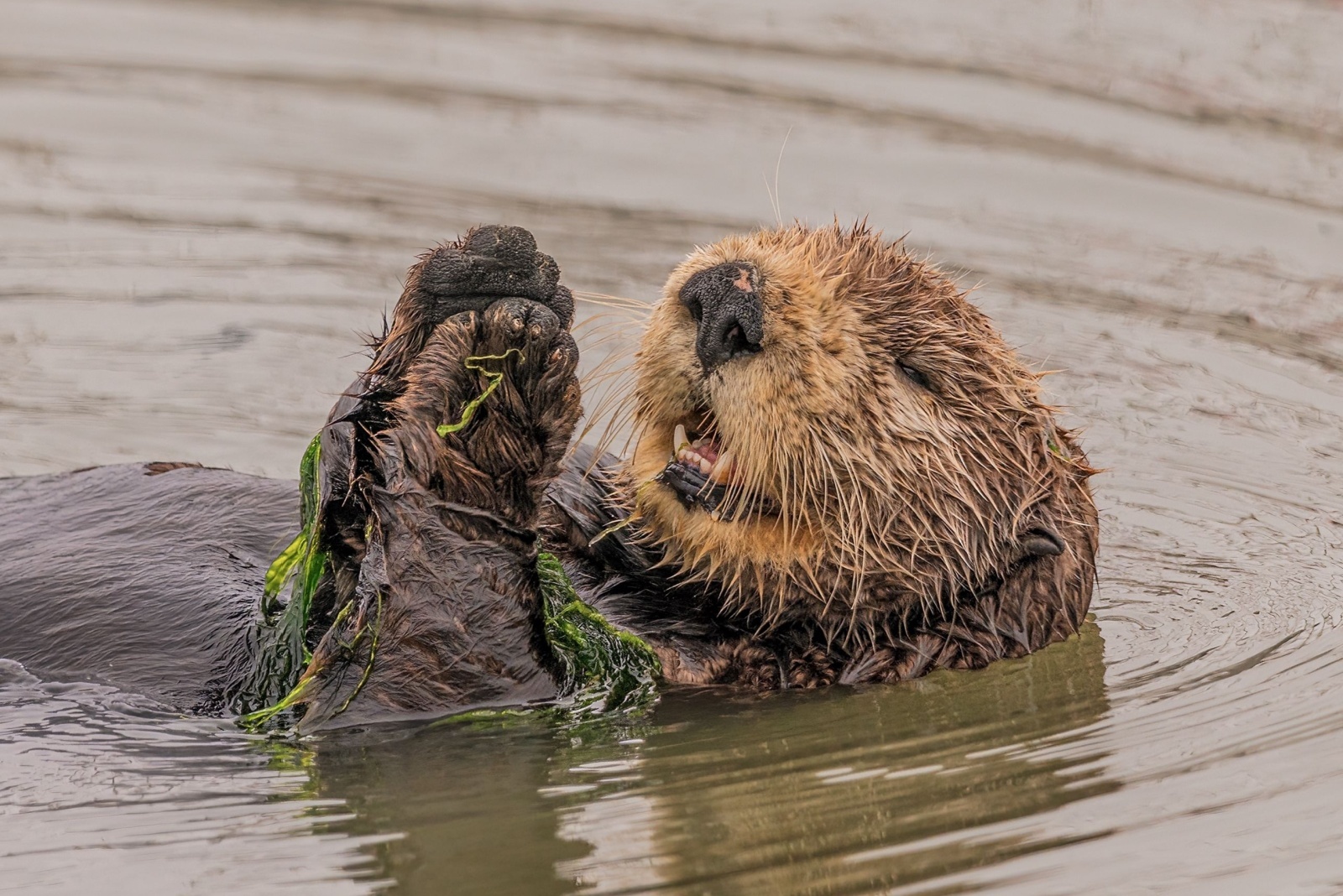California’s Sea Otters Face Threats That Could Impact Their Survival

On a misty morning along California’s central coast, a sea otter floats effortlessly on its back, a tiny pup resting on her chest like a precious jewel.
For a moment, it’s hard to imagine that these playful, resilient creatures once teetered on the brink of extinction. Even today, the question lingers: could California lose its sea otters forever?

Sea otters, especially the southern subspecies found along this coastline, were hunted almost to extinction in the 18th and 19th centuries. Fur traders prized their thick, luxurious pelts, wiping out most of the population.
By the time hunting stopped, only a tiny remnant clung to survival along a narrow stretch of coast.
Decades of legal protections under the Endangered Species Act and the Marine Mammal Protection Act have helped sea otter numbers rebound, but recovery has been slow and fragile.

At first glance, their story seems like a conservation success. From just a few dozen survivors, the population has grown to several thousand. Yet scientists warn that these gains could quickly unravel if current threats are not addressed.
Predation is one concern. Great white sharks, which often mistake otters for seals, are responsible for fatal bites, causing conservationists to worry about rising mortality. Pollution adds another layer of danger.
Unlike whales or seals, otters rely entirely on their dense fur to stay warm. Even a small oil spill can coat their coats and threaten hundreds of animals at once. Diseases and parasites, some linked to runoff and harmful algal blooms, have already caused sudden die-offs, highlighting the hidden hazards lurking in the tides.

Space is also a major issue. Despite years of recovery efforts, otters remain confined to a narrow section of central California coastline. Historically, sea otters ranged from Baja California to Alaska.
Today, human development, habitat loss, and degraded kelp forests limit their range. Small, localized populations are vulnerable: a single catastrophic event, such as a major oil spill, could erase decades of progress in days.

Climate change looms in the background, too. Rising ocean temperatures and shifting ecosystems threaten the kelp forests and shellfish beds otters rely on.
Without ample prey such as sea urchins, clams, and crabs, these high-energy animals struggle to survive and reproduce.
Yet there is hope. Studies suggest that allowing otters to recolonize areas like San Francisco Bay could triple their numbers. Restoring kelp forests benefits not only otters but the entire marine ecosystem, since otters are a keystone species.

Strong protections remain in place, and public awareness has never been higher. Every pup born and every otter rescued serves as a reminder that their story is far from over.
California’s sea otters exist on a knife’s edge between survival and loss. Whether they remain a living symbol of resilience or fade into memory depends on the choices made today: protecting waterways, safeguarding habitats, and giving these creatures room to thrive.
The sight of a mother and pup drifting peacefully in kelp beds doesn’t have to become a memory of the past. With continued conservation efforts, it can remain the heartbeat of California’s wild coast for generations to come.






